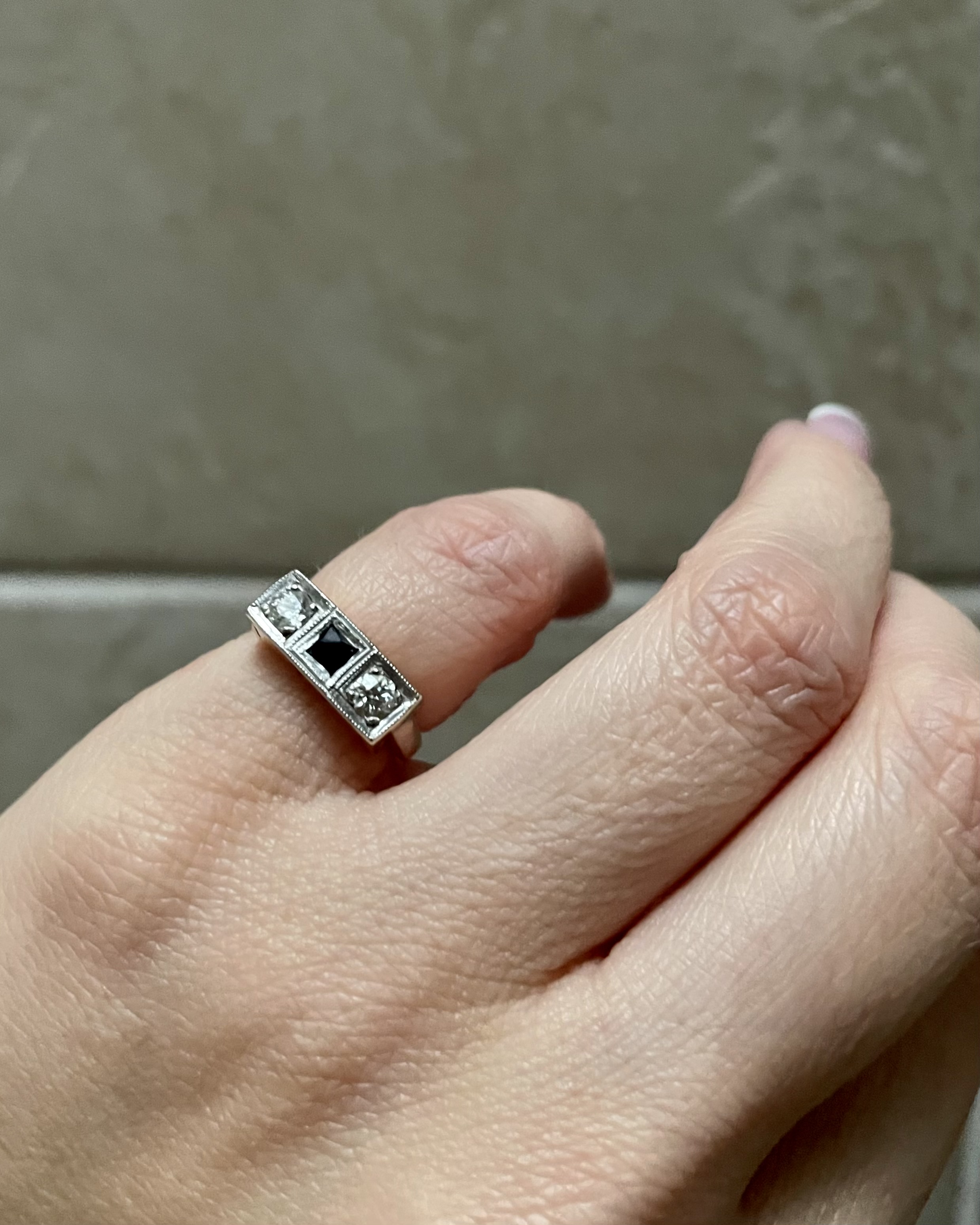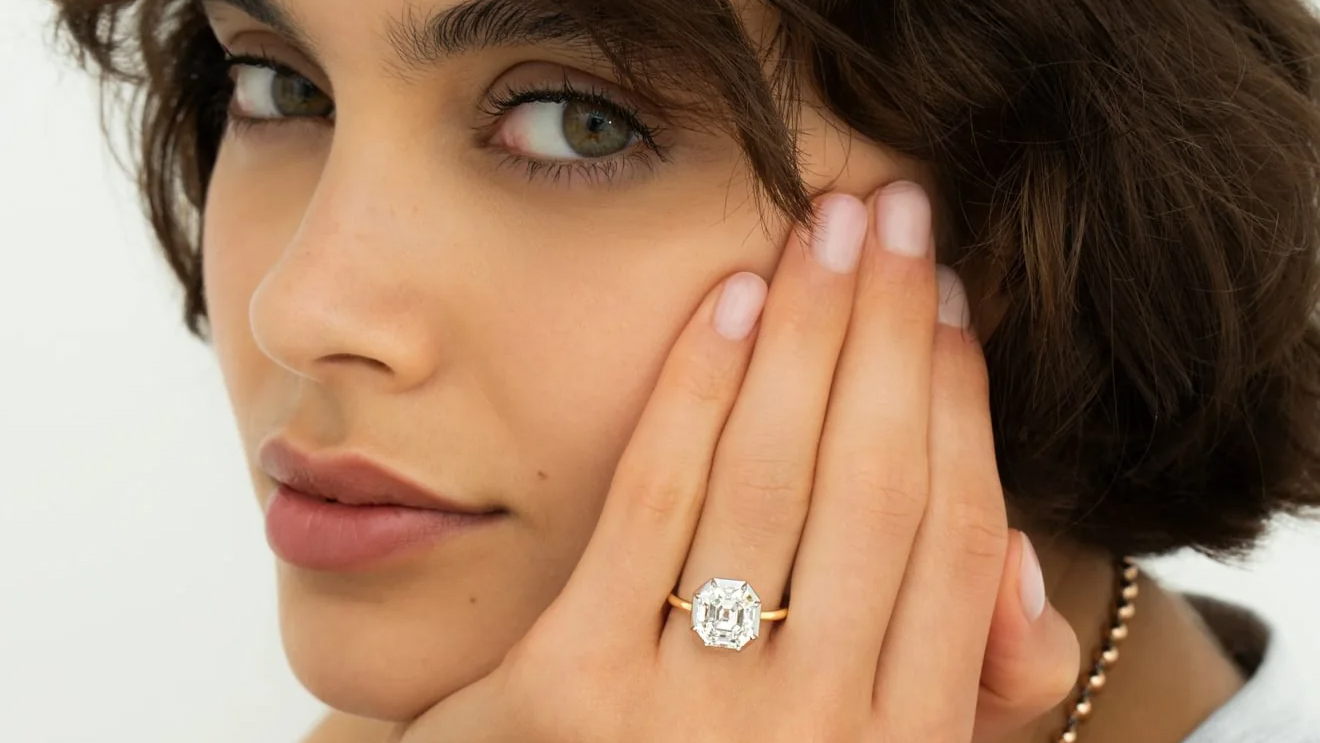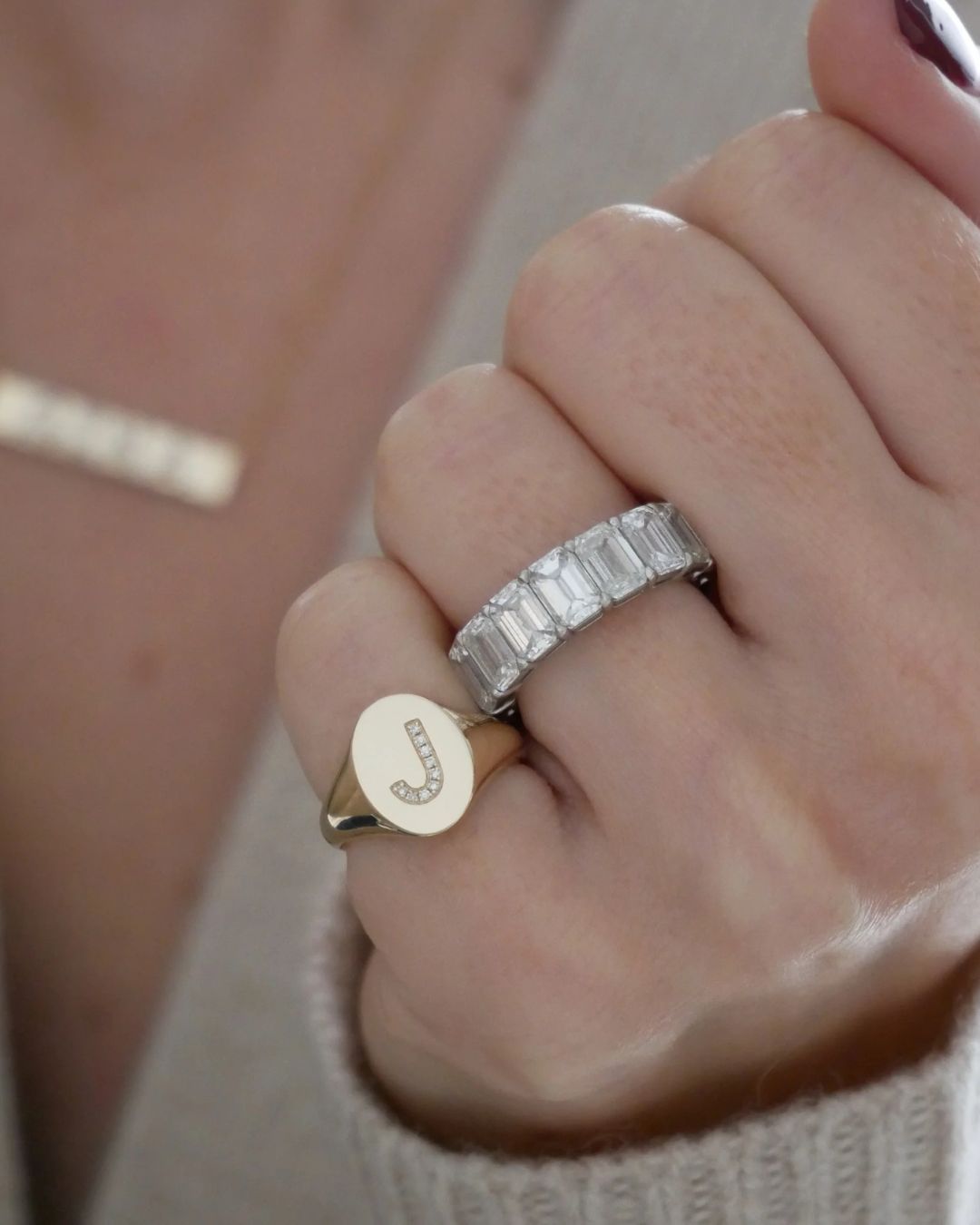< Culture & Style / Jewelry Trends
Deco Mania: Neil Lane Looks Back On The Last 100 Years of Art Deco
Renowned Hollywood jeweler and collector, Neil Lane, reflects on a century of Art Deco Diamonds.

Neil Lane behind his counter at Aquarius in Beverly Hills. (Archives: Neil Lane)
Neil Lane and I have many things in common: an intense love of jewelry that borders on the fanatical; the ability to talk for hours about, say, a particularly kooky diamond clasp; and, not least, a shared imagination so vivid that we have no trouble envisioning the two of us strolling around Paris in 1925, visiting the legendary Exposition Internationale des Arts Décoratifs et Industriels Modernes —the Art Deco design extravaganza that pretty much blew everyone’s mind when it opened 100 years ago.
What a wonderful time Neil and I would have had, ogling the rare jewels on display in Paris back in the day. Every French designer worth his or her salt contributed their stellar work to that exhibition, outdoing each other with their flair and savoir faire. But all is not lost!
The Paris show may have closed a century ago, but Lane, an internationally known TV personality, jewelry historian, and renowned vintage jewelry aficionado, has lent a selection of his rare treasures to Radiance and Reverie: Jewels from the Collection of Neil Lane, currently on view at the Toledo Museum of Art (through January 2026). More than 150 extraordinary pieces from his private archive are on hand, including some of the very jewels that debuted in those Paris vitrines a century ago.
Meet the Experts

- Lynn Yaeger is a renowned fashion editor with over two decades of experience and a passionate antique and vintage jewelry collector.
- In 2019, Yaeger won the coveted CFDA Media award. In her off hours, she can be found haunting the flea markets of the world, searching for antique toys and vintage jewelry.
The Art Deco Revolution
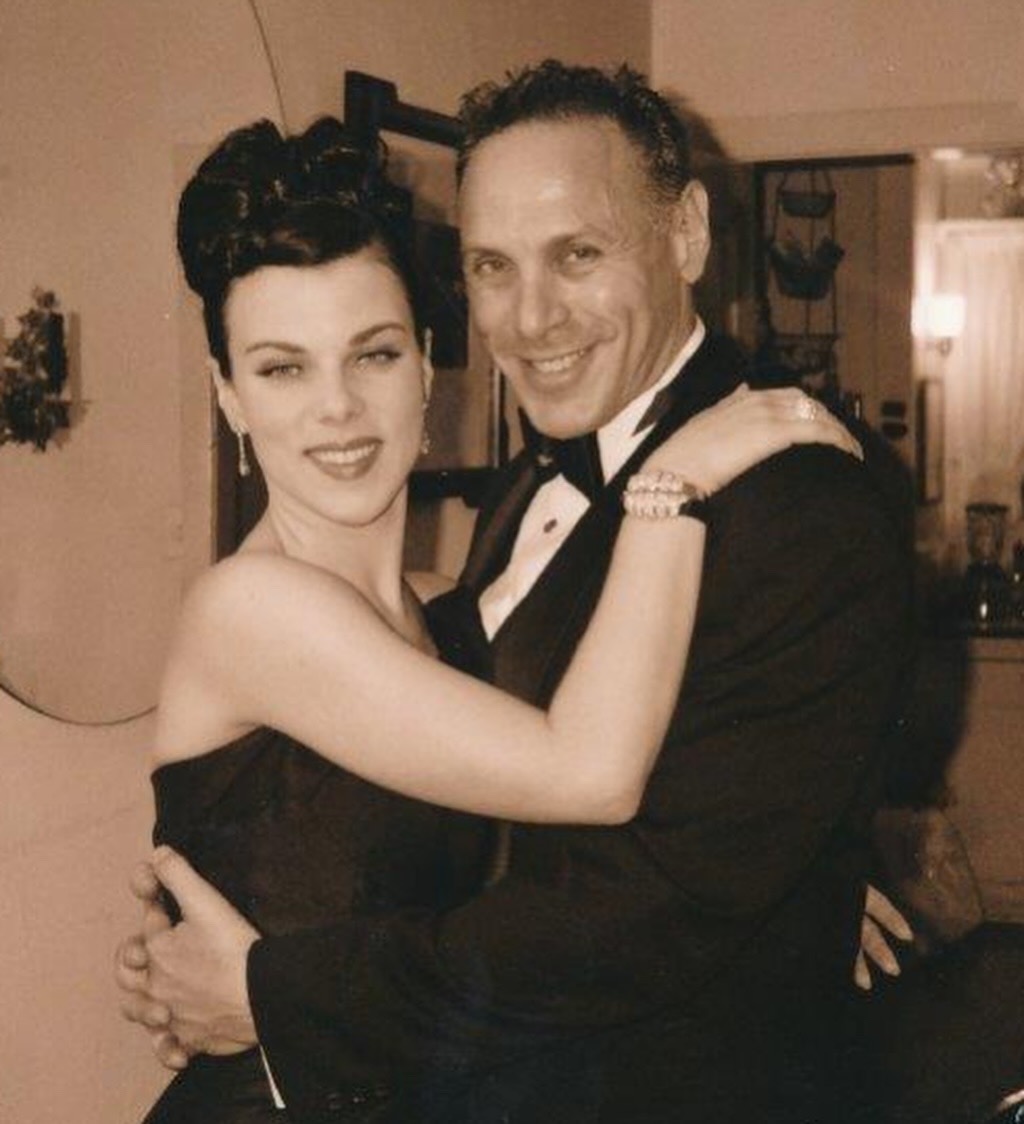
Happy birthday, Art Deco! In honor of the style’s hundredth anniversary, I ring up Lane to discuss what makes this jewelry so seductive and so distinctive. “That exhibit in 1925 revolutionizes everything, it sets the future! What people saw was mind-boggling—the unexpected gorgeousness of everything!” Lane fairly crows. “Look–we go from flappers to dappers!” he laughs. “For the first time, we see design as the focus of everything–from angular to abstract. They used all these cultural influences, the Egyptian influences from the opening of King Tut’s tomb in 1922, the pyramid shapes!”
And the cuts! Neil, tell me about the cuts! “People had never seen Asscher cuts, triangles, the mix of them–maybe an Asscher cut with a half-moon, a round with a square, patterns that had never been seen before. And the technicality–they didn’t have lasers, but the cutting was so much more advanced than in the 19th century: so many facets and brilliant cuts in these pieces. It’s about razzle and dazzle, but it’s subtle in many ways too. The diamonds made the patterns, and the design mirrored the architecture,” he says. And indeed, these pieces were almost like miniature Chrysler buildings, like petite Empire States, but they didn’t just transform the skyline; they also lit up your jewelry box.
Neil Lane’s Personal Art Deco Collection

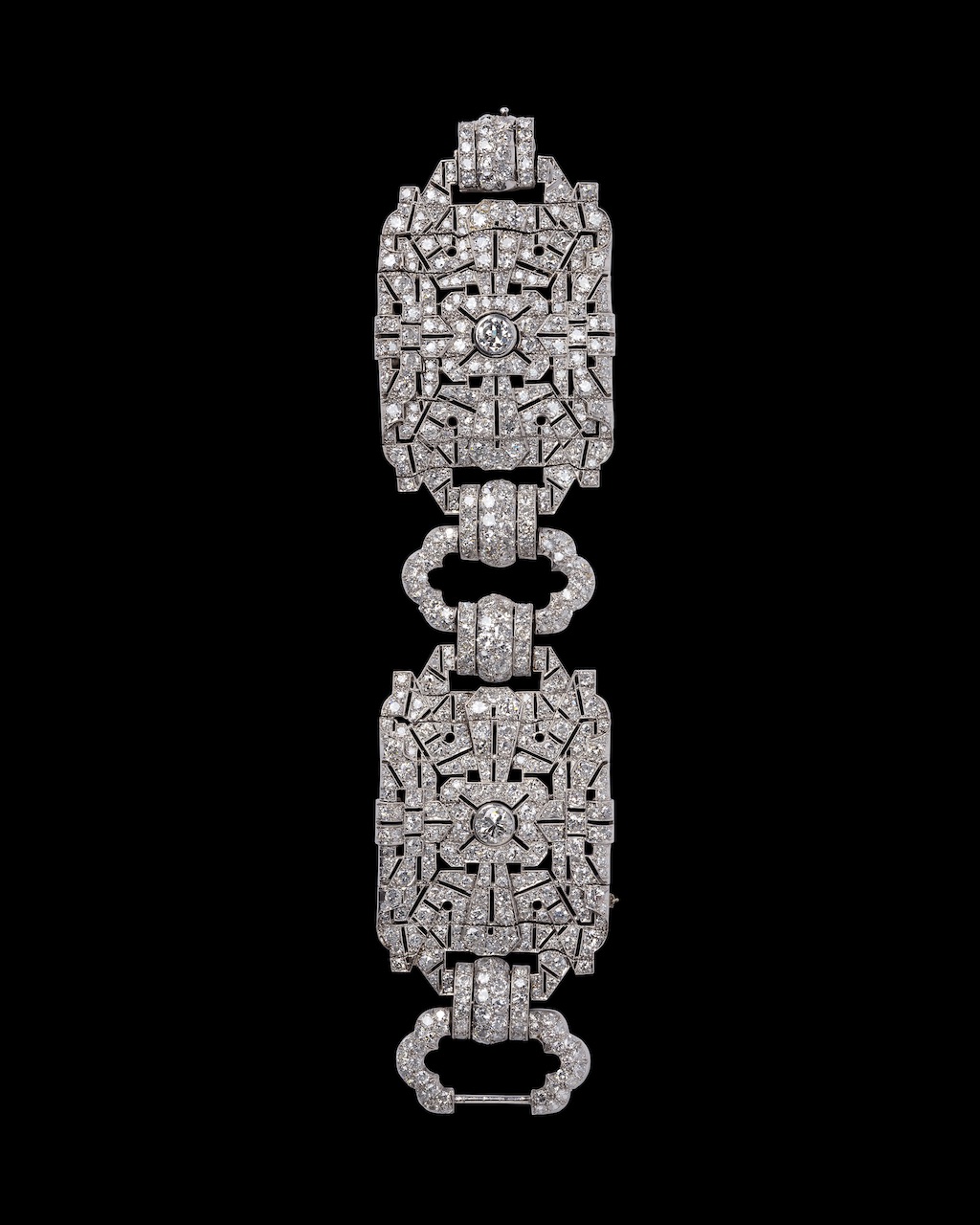

And speaking of jewelry boxes—when Lane is asked what particular treasure in his massive collection is nearest to his heart, he admits it is hard to pick just one or two…or six…or twelve. But then he calls out a Cartier bracelet that is on view at the Toledo show. “I got it from a dealer I knew from the Rose Bowl flea market, it must have been 40 years ago. It has French-cut diamonds and round diamonds in a geometric pattern, and it became the nucleus of a collection I was putting together. It has a Persian influence. It’s not the most valuable or the least valuable thing I have, but it tells a story to me.”
It wasn’t just storytelling or amazing cuts that changed jewelry-land. There was a new insouciance, an almost reckless joie de vivre, in the way these pieces were worn. If Edwardian style was classic and elegant, 1920s jewelry was born to be wild.
“Why would you have one bracelet when you could have four?” Lane muses. “I think of it as layering… the twenties introduced a whole new way of wearing diamonds—diamonds up the wrists, diamonds hanging down.” And there was a refreshing unstuffiness in the way semi-precious stones were combined with diamonds: “It’s the first time you see coral and onyx and lapis in high jewelry—it’s amazing!”
Take, for one spectacular example, an important jewel by Boucheron, first unveiled at the 1925 exhibition, and now on view in Toledo–an extremely large, stylized bowtie brooch that Lane describes as “a tour de force of lapidary work. It’s coral and carved jade and onyx and trimmed in all diamonds.” How would you wear this? We wonder aloud. On your shoulder as you took center stage, dancing the Charleston? At your waist, hiking up your already dangerously abbreviated skirt?



Or maybe you would prefer a lapel watch by Van Cleef & Arpels, whose diamonds fairly drip and dip? Or a Chaumet rock crystal and diamond necklace, to swing from your pretty neck? Or a Maubuisson sparkler featuring three diamond-encrusted globes, mysterious as undiscovered planets?
And just imagine the tales a certain diamond bracelet could tell, if only it could talk. Would it brag about its French hallmarks and its fabulous pattern? In any case, this baby, once owned by Mae West, is one of the widest diamond bracelets Lane has ever seen. West’s character, Diamond Lil, wears it in the 1933 film She Done Him Wrong, and it is also connected to another iconic celebrity. “I have a giant portrait of Madonna,” Lane says, “and she is wearing it, when she was channeling West.”
Neil and I could talk all day—every day– about our favorite Art Deco pieces. But perhaps we should let West have the last word. In her very first movie, 1932’s Night after Night, her glorious jewels are famously admired by a hat check girl. “Goodness, what beautiful diamonds,” the girl exclaims. West’s famous response perfectly encapsulates the sauciness and the daring that defined the Deco era, and that captivates Lane and me, all these years later. “Goodness,” West informs her, “had nothing to do with it.”
